When you are driving your car on the road, enjoying the speed and passion, have you ever thought that there is a quietly dedicated widget to escort your safe and stable operation? Yes, it is the fuel filter.
Although the fuel filter is inconspicuous in the complex mechanical world of the automobile, it plays a vital role, just like a loyal guardian, silently guarding the normal operation.
First, the main function of the fuel filter
The main function of fuel filter is to filter impurities in fuel, such as rust, dust and tiny particles. Clean fuel is the guarantee of efficient engine operation, and fuel filter is the key link to achieve this goal. For example, if the rust in the fuel enters the engine, it may wear the precision parts and affect the injection accuracy of the fuel; Dust and fine particles may be blocked, resulting in uneven fuel injection.
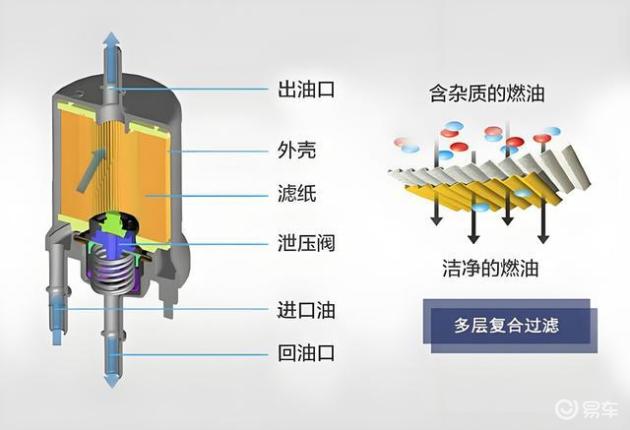
Second, the hazards of not replacing the fuel filter in time
1, affect the engine performance
With the increase of service time, the filtration effect of the filter decreases gradually, and impurities will enter the fuel system. This may lead to the blockage of the fuel nozzle, uneven fuel injection, weak acceleration of the vehicle and obviously worse power than before. For example, when overtaking, you will obviously feel the lack of power, which will affect driving safety.
Impurities may also be damaged, reduce its working efficiency, and even cause failure, resulting in the engine not starting normally. For example, in the cold winter, the fuel pump failure may make the vehicle unable to start, which brings great inconvenience to travel.
2, shorten the engine life.
Impurities entering the engine will aggravate the wear of internal components, such as pistons, cylinder walls and so on. In the long run, it will reduce the service life of the engine and increase the maintenance cost. For example, serious wear may lead to engine burning and further damage to the engine.
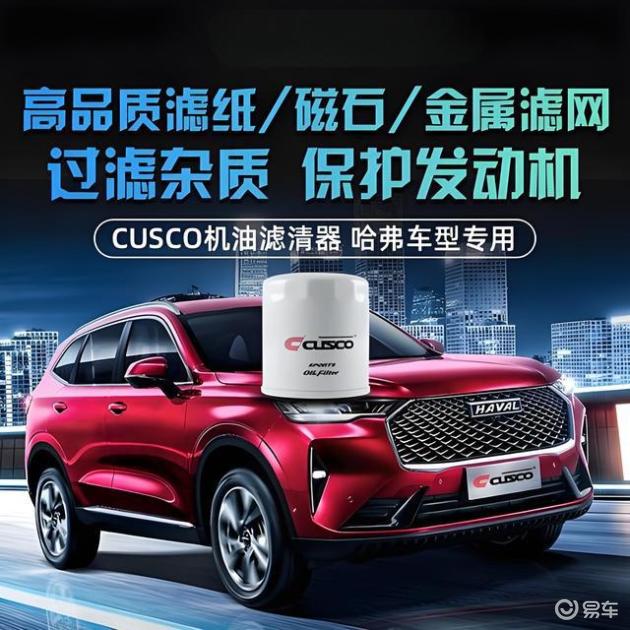
Third, the method of judging whether the fuel filter needs to be replaced
1, according to the mileage and time.
Automobile manufacturers usually recommend the replacement cycle of fuel filters in vehicle maintenance manuals, which is generally about 20 thousand kilometers to 40 thousand kilometers, and the replacement cycle may be shorter. When the vehicle approaches or exceeds this mileage, or when it is used for a long time but has less mileage, it should be replaced. For example, if your vehicle has been used for three years, but the mileage is only 15,000 kilometers, you may need to replace the fuel filter, because the performance of the filter will decrease after a long time.
2. Observe the change of vehicle performance.
Power drop: If it is found that the acceleration of the vehicle is weak and the power drops obviously, it may be that the fuel filter is blocked, resulting in poor fuel supply. For example, when climbing a hill, it feels harder than before, and the accelerator is slow to respond.
Increased fuel consumption: Because the filtering effect becomes worse, impurities enter the fuel nozzle and affect the fuel injection and combustion efficiency. Under the same driving conditions, the fuel consumption is significantly higher than before. For example, a box of oil used to run 500 kilometers, but now it can only run about 450 kilometers.
Engine jitter: Especially when driving at idle speed or low speed, the fuel pressure may be unstable due to the blocked fuel filter. For example, when waiting for the traffic lights, you can obviously feel the engine jitter.
3. Check the fuel system fault light.
Some vehicles are equipped with this light. When the fuel filter is seriously blocked or has other faults, the fault light may light up. If your vehicle fault light is on, check the fuel system, including the fuel filter, in time.
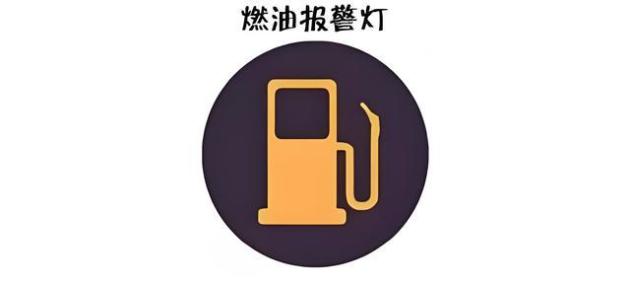
4. Disassembly inspection
For those who have certain knowledge and skills in automobile maintenance, the fuel filter can be removed for inspection. Observe whether the appearance is damaged or deformed, and gently shake it to listen to the sound of impurities. If the filter is abnormal in appearance or can obviously feel impurities inside, it needs to be replaced.
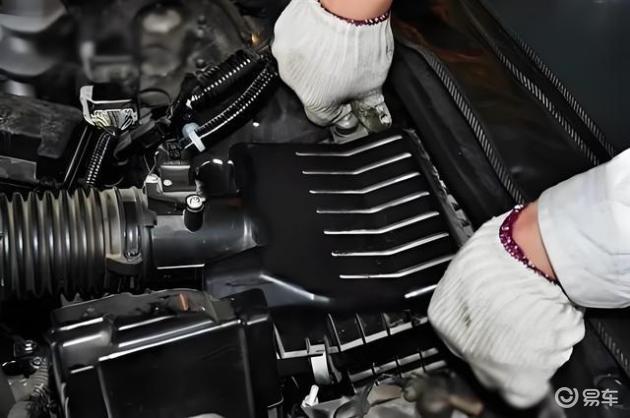
Iv. Precautions for replacing fuel filter
1, choose the right filter
Adapt to the car model: make sure that the fuel filter you buy matches your car model. Different models of fuel filters may be different in size, interface type and filtration accuracy, and the appropriate model can be determined by consulting the maintenance manual and consulting the automobile dealer or professional maintenance personnel. For example, the fuel filters of a medium-sized SUV and a medium-sized SUV may be quite different in size.
Reliable quality: select brand products with reliable quality to ensure the normal operation and long service life of the fuel system and avoid the damage caused by fake and shoddy products to vehicles. For example, well-known brands of fuel filters usually use high-quality filter materials, which can better filter impurities.
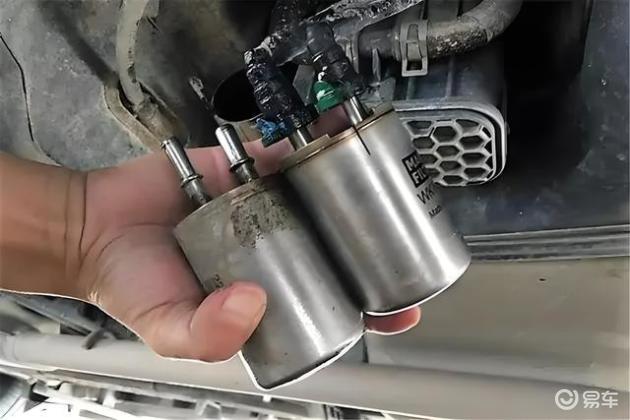
2. Prepare the right tools
Common tools: Replacing the fuel filter usually requires tools such as wrenches and screwdrivers. Before replacing, make sure you have the right tools and check whether they are in good condition.
Protective articles: Because replacing the fuel filter may involve fuel contact, it is recommended to prepare gloves and other protective articles to protect your own safety.
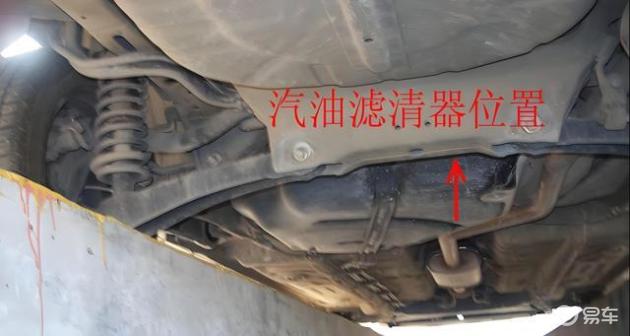
3. Preparation before replacement
Stop the vehicle and cool the engine: Before replacing the fuel filter, park the vehicle in a safe place and turn off the engine. Wait for a while to avoid being replaced.
Relieve the fuel pressure: Before removing the fuel filter, it is necessary to relieve the pressure in the fuel system. The release methods of different models may be different. Generally, the pressure can be released by unplugging the fuel pump or relay and starting the engine to turn it off naturally. Before doing this, be sure to consult the vehicle’s maintenance manual to ensure the correct operation method.
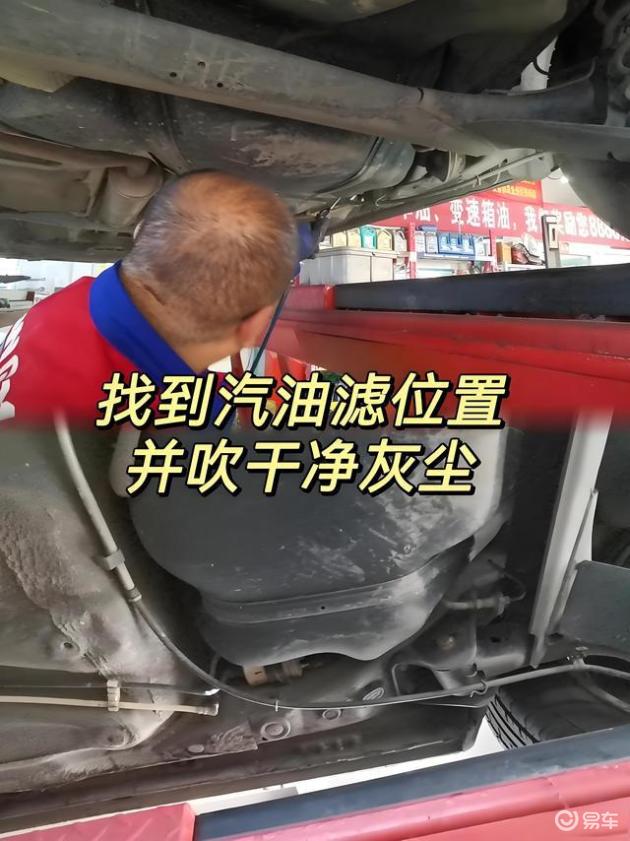
4, matters needing attention in the process of replacement
Caution: When removing and installing the fuel filter, be careful to avoid damaging the fuel pipeline and other components. Be careful not to let impurities enter the fuel system.
Correct installation: ensure that the fuel filter is installed correctly and the direction is correct. Generally speaking, there will be a sign on the filter indicating the direction of fuel flow. Install the filter correctly according to the sign to ensure its good sealing.
Moderate fastening: When installing the fuel filter, pay attention to moderate fastening. Too loose may lead to fuel leakage, and too tight may damage the filter or fuel line.
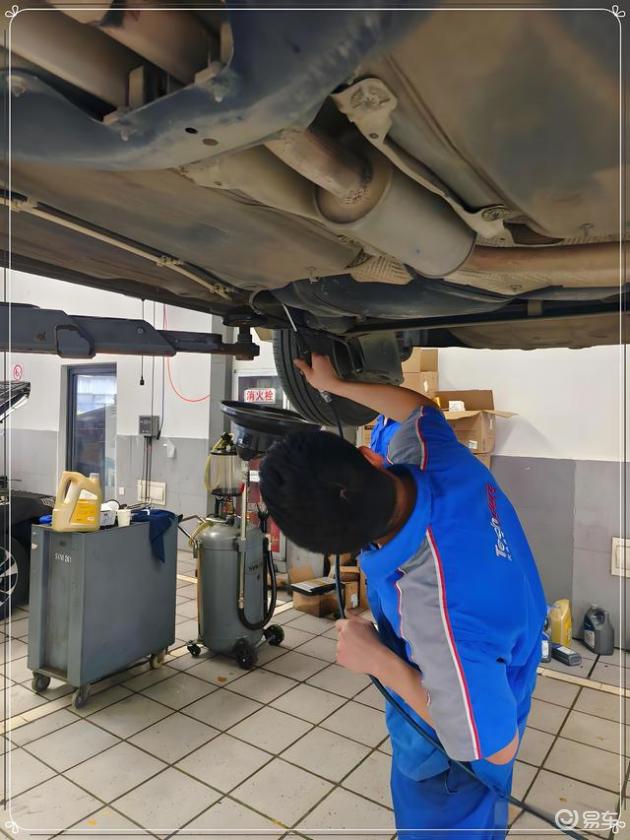
5. Inspection after replacement
Check the tightness: after the replacement, carefully check whether there is fuel leakage at the joint between the fuel filter and the fuel pipeline. You can start the engine and observe it for a period of time to ensure that there is no leakage.
Clear the fault code: If the fault light of the vehicle lights up before replacing the fuel filter, it may be necessary to use a diagnostic tool to clear the fault code after replacement. If the fault light is still on, check the fuel system for other problems in time.
In a word, it is necessary to operate carefully when replacing the fuel filter, select the appropriate filter, prepare tools, replace it correctly and make a good inspection to ensure the normal operation of the fuel system and the safe driving of the vehicle. If you are uncertain about the replacement process, it is best to seek the help of professional maintenance personnel.
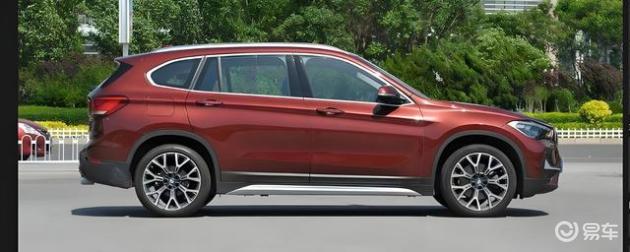
关于作者